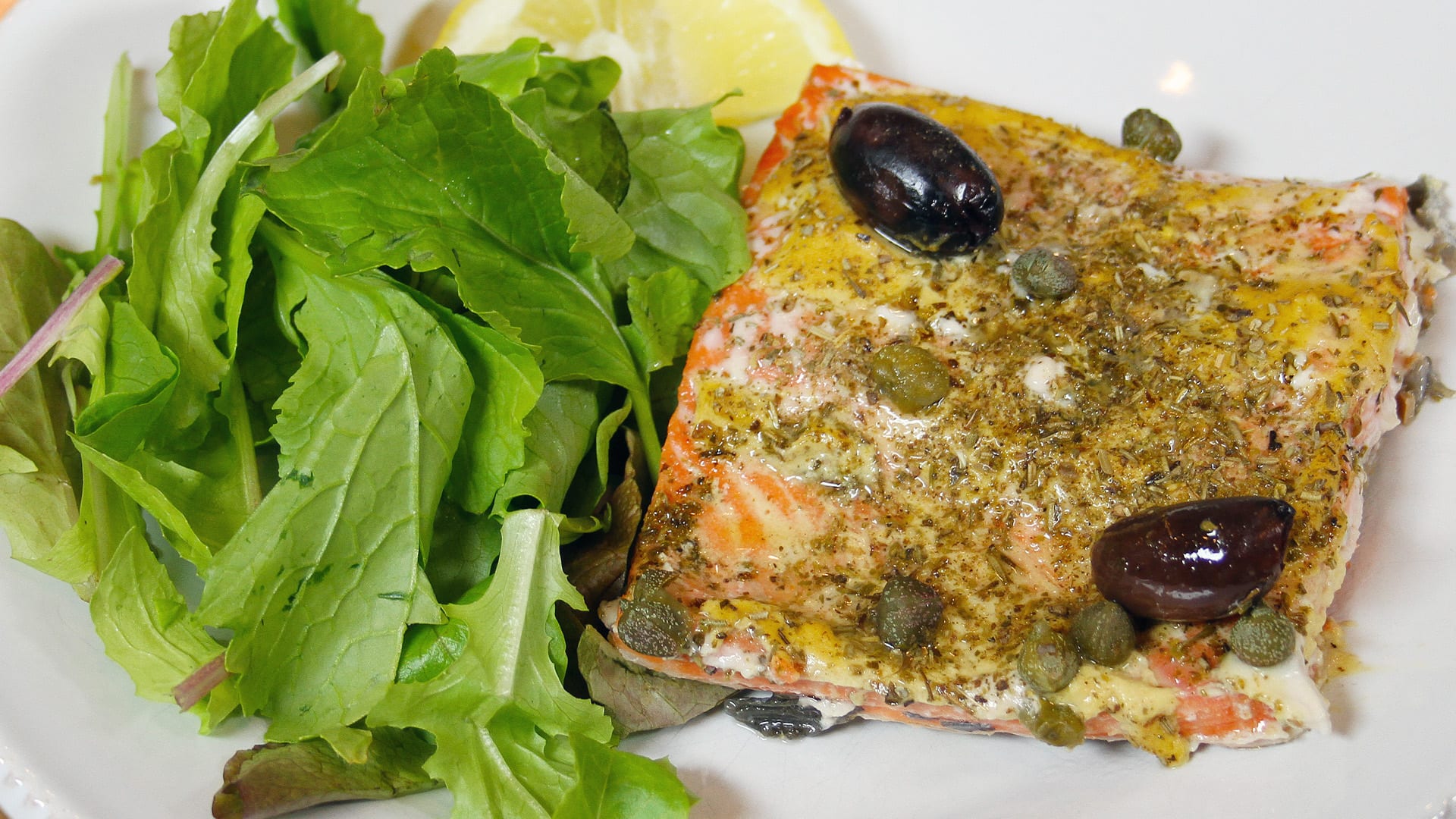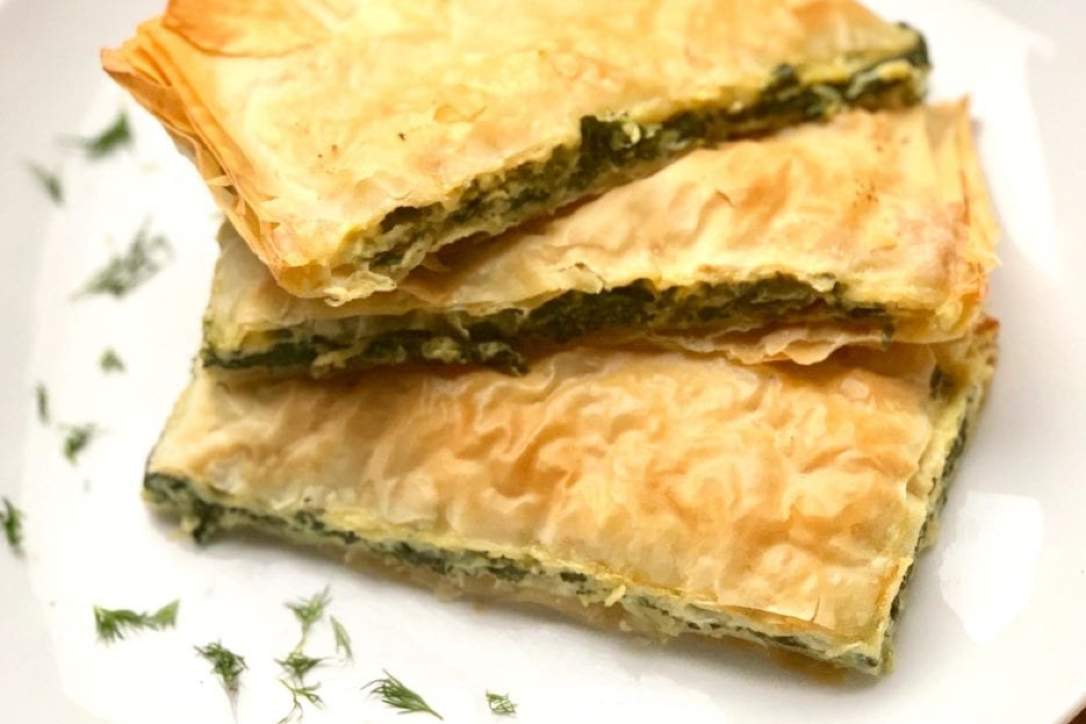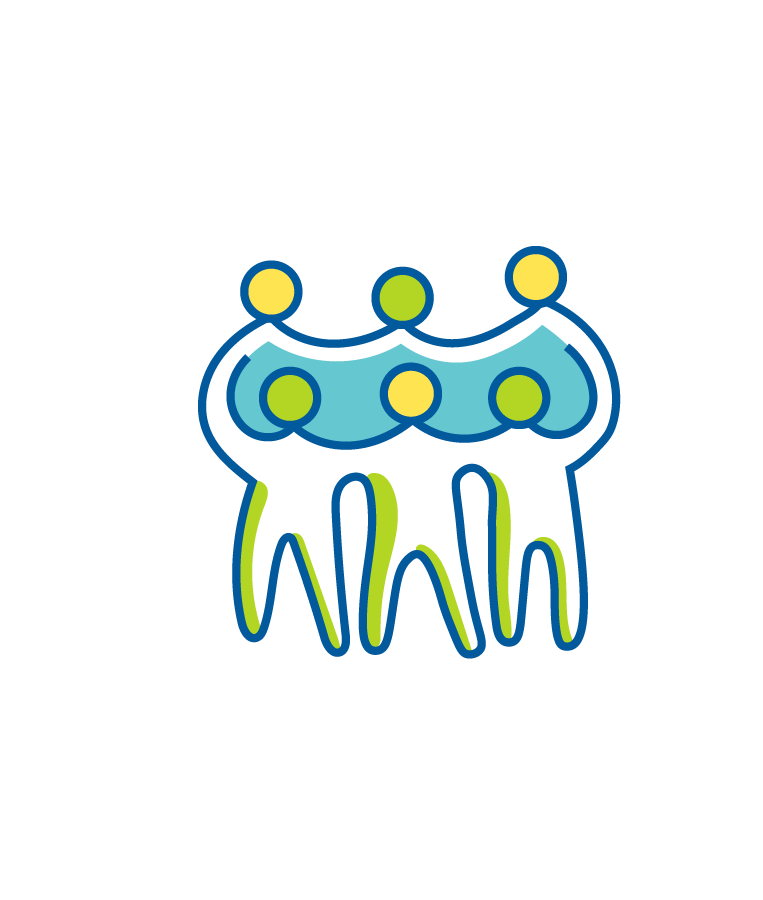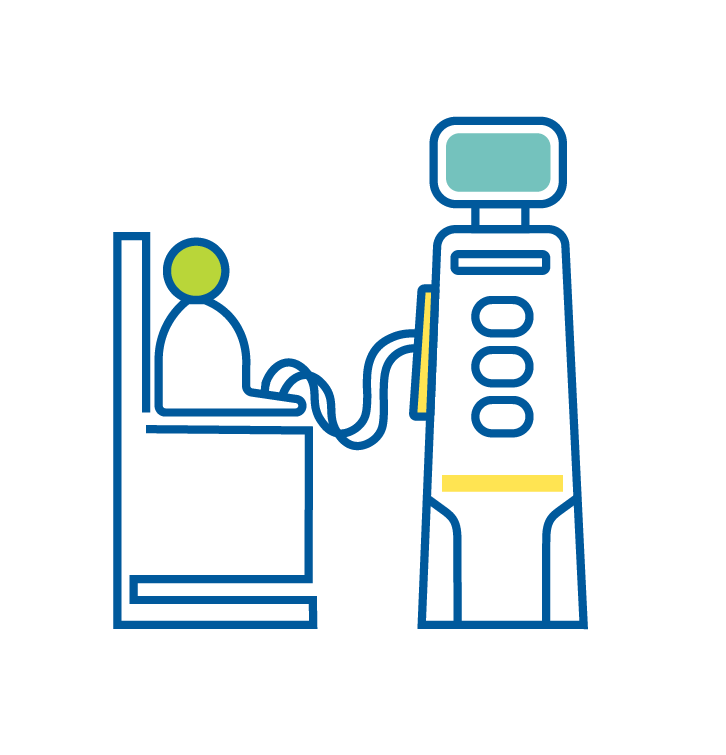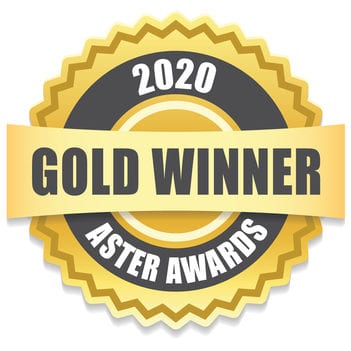Kidney disease stages 1 and 2

Why do I need to change how I eat in kidney disease stages 1 and 2?
In kidney disease stages 1 and 2, you have mild kidney damage. This means your kidneys are still able to filter waste and extra fluids from your blood, but you have other signs of kidney damage. For example, a blood test (called the estimated glomerular filtration rate, or eGFR) may find that your kidneys are not filtering waste from your blood as well as they should. Your eGFR is a number based on your blood test for creatinine, a waste product in your blood. A urine (pee) test may also show you have protein in your urine, which is a sign of kidney disease. When your kidneys are damaged, they may let protein leak into your urine.
In these stages of kidney disease, it is important to take steps to keep your kidney disease from getting worse. Healthy eating is one way to do that, and you may need to make some changes to your eating patterns.
The food you eat plays a key role in in managing your kidney disease. In many cases, healthier eating can stop your kidney disease from getting worse or slow down your progression to kidney failure. Healthy eating can also help control diabetes and high blood pressure-the two leading causes of kidney disease-which can help keep kidney disease from getting worse.
How can I eat healthy in kidney disease stages 1 and 2?

Choose lean protein

Choose whole grains

Avoid added salt

Drink enough fluid


Eat plenty of vegetables and fruits

Avoid excess sugar

Eat healthy fats (olive oil, nuts and seeds)
Fluid

Ice

Soups and stews

Pudding

Ice cream, sherbet, sorbet, popsicles, etc.

All beverages (water, soda, tea, coffee, milk, nondairy milk, etc.)

Jell-O® other gelatin products and gelatin substitutes (pectin, arrowroot powder, etc.)

Ice

Soups and stews

All beverages (water, soda, tea, coffee, milk, nondairy milk, etc.)

Pudding

Ice cream, sherbet, sorbet, popsicles, etc.

Jell-O® other gelatin products and gelatin substitutes (pectin, arrowroot powder, etc.)
Whole grains
Carbohydrates, or carbs for short, are your body’s main energy source. Your body changes carbs from food to energy. When you eat too many carbs, your body quickly stores them as fat for long-term energy.
Whole grains are carbs that are full of nutrients, unlike refined grains. Consuming whole grains should be part of your kidney-friendly food and fluid plan in kidney disease stages 1 and 2. Choosing whole grains like whole grain pasta, over refined grains, like white pasta, is an easy and healthy swap to get more of the nutrients you need to keep your kidneys healthy. The best way to know what type of carbs and how many are in your food is by reading the nutrition label on packages.
How to identify whole grains:
Look for foods that:
- Say “made with 100% whole grains” or something similar on the package
- Have “whole” listed as the first ingredient, like “whole wheat”
- Have the whole grain stamp
Avoid or limit foods that have:
- Refined (any type of grain)
- Enriched (any type of grain)
- White flour
- Degermed cornmeal
Non-starchy vegetables
Non-starchy vegetables, like broccoli or cabbage, are low in carbs and calories. Starchy vegetables, like potatoes and corn, are higher in carbs and calories.
The carbs in vegetables have a variety of vitamins, minerals, nutrients and fiber. Fiber helps your body absorb nutrients more slowly to keep you feeling full for longer and plays a role in protecting your heart, blood vessels and digestive system.
Choosing non-starchy vegetables over starchy vegetables is a healthy swap to get more of the nutrients you need to keep your kidneys healthy. The healthy carbs in non-starchy vegetables can give you the energy you need to go about your daily activities and keep your heart and kidneys healthy in kidney disease stages 1 and 2.
Some non-starchy vegetables, like lettuce, taste great raw. If you are cooking non-starchy vegetables, try steaming, boiling, grilling or roasting them, instead of frying them in fat or oil.
Examples of non-starchy vegetables include:

Asparagus

Bell Pepper

Broccoli

Red or green cabbage

Cauliflower

Celery

Cucumber

Lettuce

Cauliflower

Celery

Cucumber

Lettuce

Asparagus

Bell Pepper

Broccoli

Red or green cabbage
Lean proteins
Your body needs protein to build muscle, heal and stay healthy. Choosing lean proteins, which are lower in unhealthy fats and cholesterol, will help keep fat from building up in your blood vessels and protect your heart and kidneys. In kidney disease stages 1 and 2, the daily recommended amount of lean protein is the same for people who do not have kidney disease.
The daily amount of protein you need is based on your weight and activity level. For the general population:
About 56 grams of protein each day will easily provide the average protein needs for a man who weighs 155 pounds. About 46 grams of protein each day will easily provide the average protein needs for a woman who weighs 130 pounds.
Examples of lean proteins:

Whole eggs

Quinoa

Egg whites

Fish

Pork tenderloin
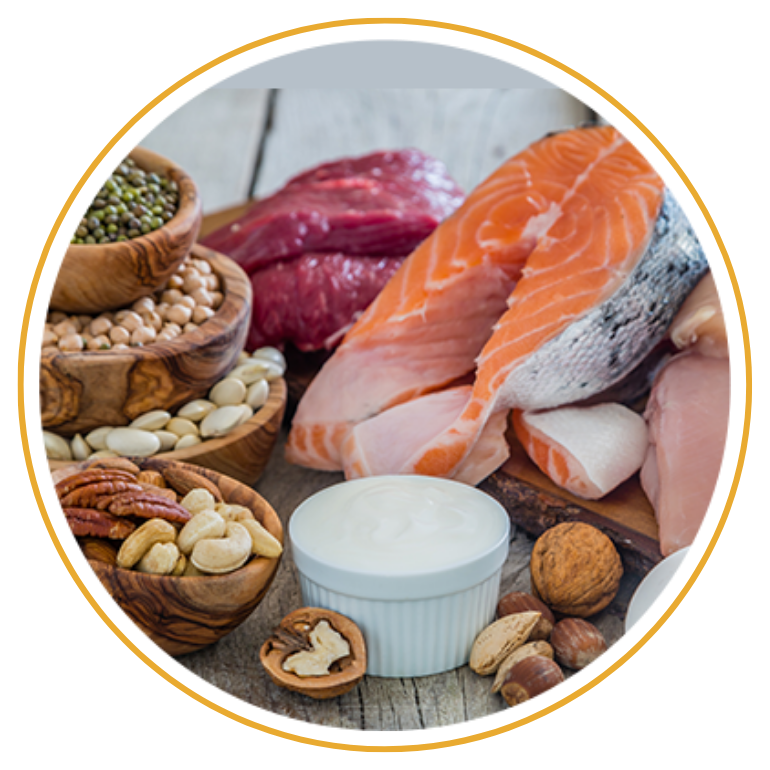

Skinless chicken
white meat is leaner than dark

Skinless turkey
white meat is leaner than dark

Soy products -
tofu, edamame, tempeh, soy milk

Lean beef -
tenderloin or ground beef labeled 90% or 93% lean
Ask your doctor and dietitian how much protein you should eat each day.
Lean protein serving size suggestions:
- ½ cup beans (7 grams of protein)
- 1 large egg (6 grams of protein)
- 3 ounces chicken, which is about the size of your palm (27 grams of protein)
- 3 ounces fish, which is about the size of your palm (20 grams of protein)
Sodium (salt)
You can find the amount of sodium—one of two electrolytes in salt—in foods by checking the nutrition label. Sodium plays many important roles in the way our bodies function, but too much sodium can be harmful for people with kidney disease. When your kidneys are not working as well as they should, they may not be able to remove extra sodium from your body.
Having too much sodium in your body can make your body retain (hold onto) fluid, which makes your heart and kidneys work harder. Over time, this can raise your blood pressure and cause your kidney disease to get worse.
The amount of sodium found naturally in foods is enough to keep a healthy level in your body, but sodium is often added to many processed foods, foods we eat in restaurants and even the food we cook ourselves. This can lead to eating too much salt and cause too much sodium to build up in your body.
The recommended amount of sodium to consume can depend on your stage of kidney disease and your kidney function. In general, a healthy amount of sodium is 2,300 mg or less of sodium per day. This is equal to about 1 teaspoon of salt per day.
These foods and drinks usually have added sodium (unless marked as low-salt or low-sodium):

Soda and sports drinks

Ice Cream

Frozen dinners and snacks

Fast food and food from restaurants

Packaged snacks (chips, pretzels, nuts, etc.)

Bakery items (bread, bagels, pies, cakes, etc.)

Condiments (ketchup, salad dressings, hot sauce, soy sauce, etc.)

Canned and jarred foods (tomatoes, beans, corn, pickles, etc.)

Seasonings and spices with salt (garlic salt, celery salt, seasoned salt, taco seasoning, seafood seasoning, etc.)

Soda and sports drinks

Frozen dinners and snacks

Packaged snacks (chips, pretzels, nuts, etc.)

Condiments (ketchup, salad dressings, hot sauce, soy sauce, etc.)

Ice Cream

Fast food and food from restaurants

Bakery items (bread, bagels, pies, cakes, etc.)

Canned and jarred foods (tomatoes, beans, corn, pickles, etc.)

Seasonings and spices with salt (garlic salt, celery salt, seasoned salt, taco seasoning, seafood seasoning, etc.)
Ask your doctor and dietitian how much salt you should eat per day in kidney disease stages 1 and 2
Tips to avoid added sodium:
- Avoid salt substitutes that say “NuSalt” or “No-Salt” – these are made with potassium and could raise your potassium to a dangerous level
- Choose canned and jarred foods that say “no salt added” on the package
- Choose no salt added snacks (unsalted or no-salt pretzels, etc.)
- Prepare and cook your meals from scratch using one of our kidney-friendly recipes, so you can control the amount of salt in your food
- Use fresh or dried herbs and spices to add extra flavor to your dishes, instead of salt
- Drink water instead of sports drinks or soda
- When eating out, ask your server for your food to be prepared without any added salt
Sugar
Eating too much sugar can lead to unwanted weight gain and diabetes-the number one cause of kidney disease. Sugar is a simple carbohydrate found naturally in many foods, like fruits, some starchy vegetables and dairy.
Sugar is also a product made by refining or processing sugar cane or sugar beets. Processed foods and drinks use refined or processed sugar to sweeten them. Our bodies digest refined and processed sugar very quickly, which can cause blood sugar levels to rise if you have diabetes. High blood sugar levels can make your kidney disease worse.
Choosing foods with natural sugar, like fruit, is a healthy alternative to sweets, like cookies, cakes and candies. Fruit has natural sugars that sweeten it and fiber, which helps keep you full and can prevent blood sugar levels from rising quickly if you have diabetes.
Processed foods may have hidden sugars in them. The best way to know if sugar is in your food is to read the nutrition label.
Avoid or limit foods with these ingredients:
- Agave
- Barley malt
- Beet sugar
- Brown rice syrup
- Cane juice
- Caramel
- Coconut sugar
- Corn syrup
- Fructose syrup
- Glucose syrup
- Honey
- Maltodextrin
- Pure maple syrup
- Raw sugar
- Rice sugar
- High fructose corn syrup
Avoid or limit foods with these ingredients:
- Agave
- Barley malt
- Beet sugar
- Brown rice syrup
- Cane juice
- Caramel
- Coconut sugar
- Corn syrup
- Fructose syrup
- Glucose syrup
- Honey
- Maltodextrin
- Pure maple syrup
- Raw sugar
- Rice sugar
- High fructose corn syrup
More tips to stay healthy in stages 1 and 2

Drink water
Drink water Add a few lemon slices or mint sprigs to a large pitcher of water for extra flavor and some variety.

Add an extra daily activity into your schedule
Go for a brisk walk after dinner or take the stairs instead of the elevator.

Go to all your regular checkups
Our doctor will monitor your kidney function and other conditions.

If you have diabetes or high blood pressure, take your medicines as your doctor instructed.
One of the best ways to keep your kidney disease from getting worse is to keep your diabetes or high blood pressure under control.

Keep a healthy weight
Talk to your doctor about a healthy weight for you and ways to manage your weight.

Choose whole grains
Like brown rice, over refined grains, like white rice.

Add an extra daily activity into your schedule
Go for a brisk walk after dinner or take the stairs instead of the elevator.

Go to all your regular checkups
Our doctor will monitor your kidney function and other conditions.

Keep a healthy weight
Talk to your doctor about a healthy weight for you and ways to manage your weight.

If you have diabetes or high blood pressure, take your medicines as your doctor instructed.
One of the best ways to keep your kidney disease from getting worse is to keep your diabetes or high blood pressure under control.
Your support goes further with AKF
Your donation allows AKF to support people wherever they are in their fight against kidney disease – from prevention through transplant. For more than 50 years, we have fought on all fronts for millions of people impacted by kidney disease.
Donate today to support our work


